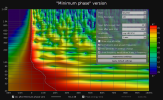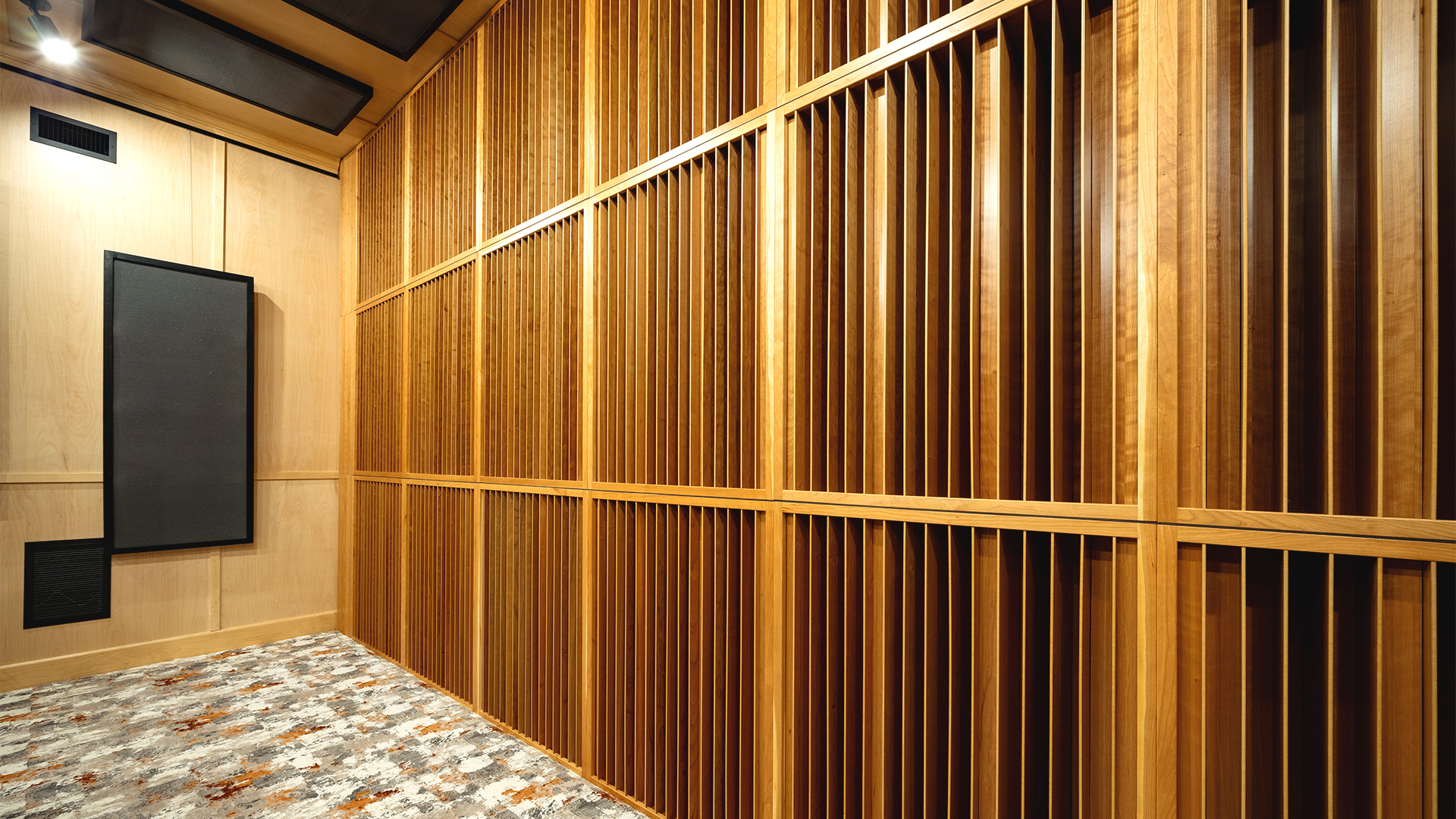ernestcarl
Major Contributor
Sure, but the point was to describe what happens with quality treatment to answer the question posted. Proper diffusion will create less sparse reflections and pack them closer together. Both diffusers and absorbers attenuate reflections. Slats neither diffuse or absorb well. The periodicity with slats is also an issue.
Good treatment doesn't add more absorption than necessary. Better to get it right from the beginning. Multichannels will create it own issues with lobing and combing.
I generally would already agree... I haven't found lobing or comb filtering to be a significant audible issue, though, at my current MCH setups. In that past, I did run into some issues with bass cancellations, but I've figured ways to reduce it.
Traces 1-3 are measurements at the rear couch of the listening room. Trace 4 is at a front office desk in the middle half of the room.
Yes, level is definitely reduced as one sits away from the aligned center seat due said lobing and comb filter phase cancellations. Yet, in my assessment, nothing heinously egregious enough to push me away from MCH upmixing.



